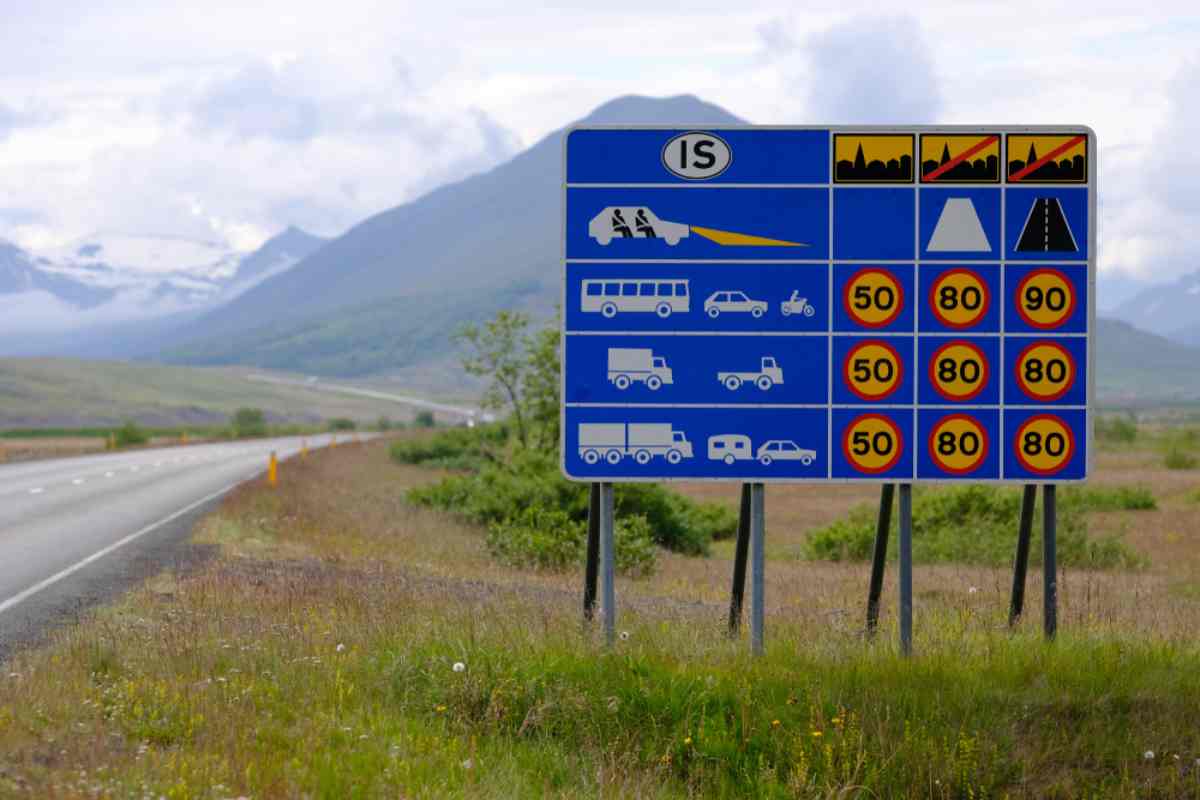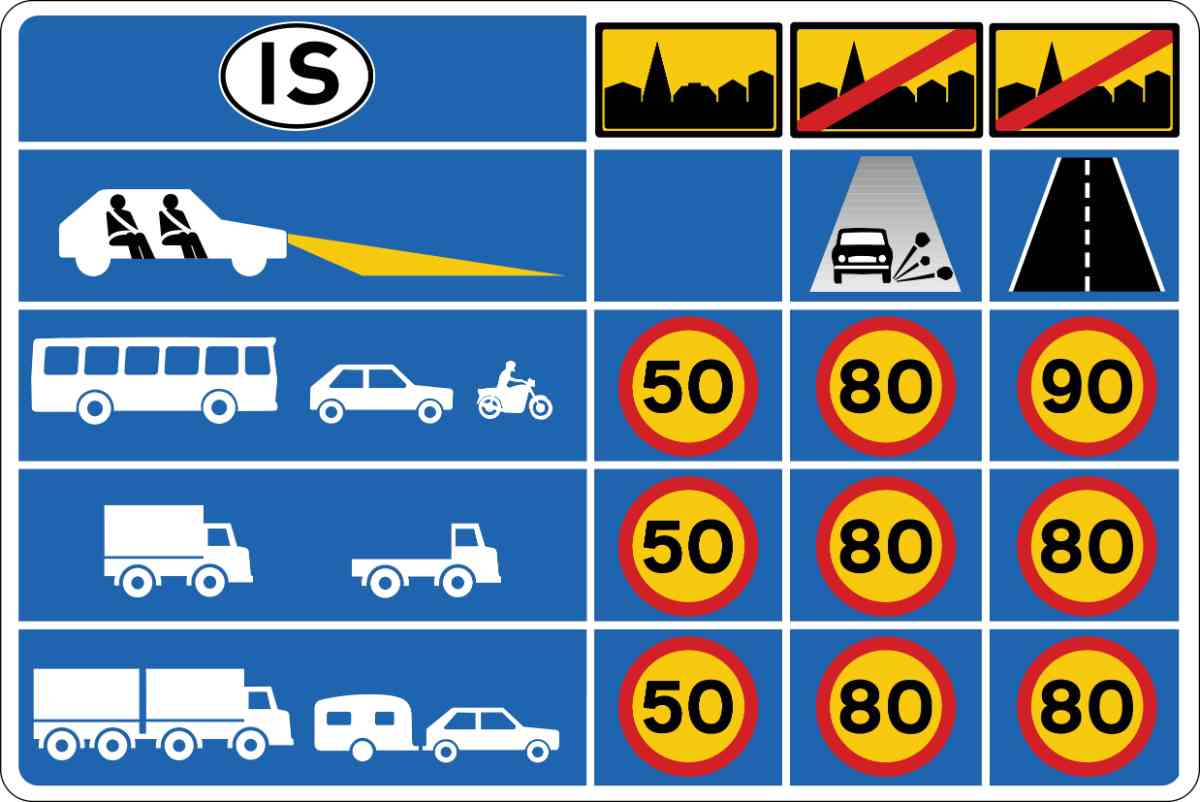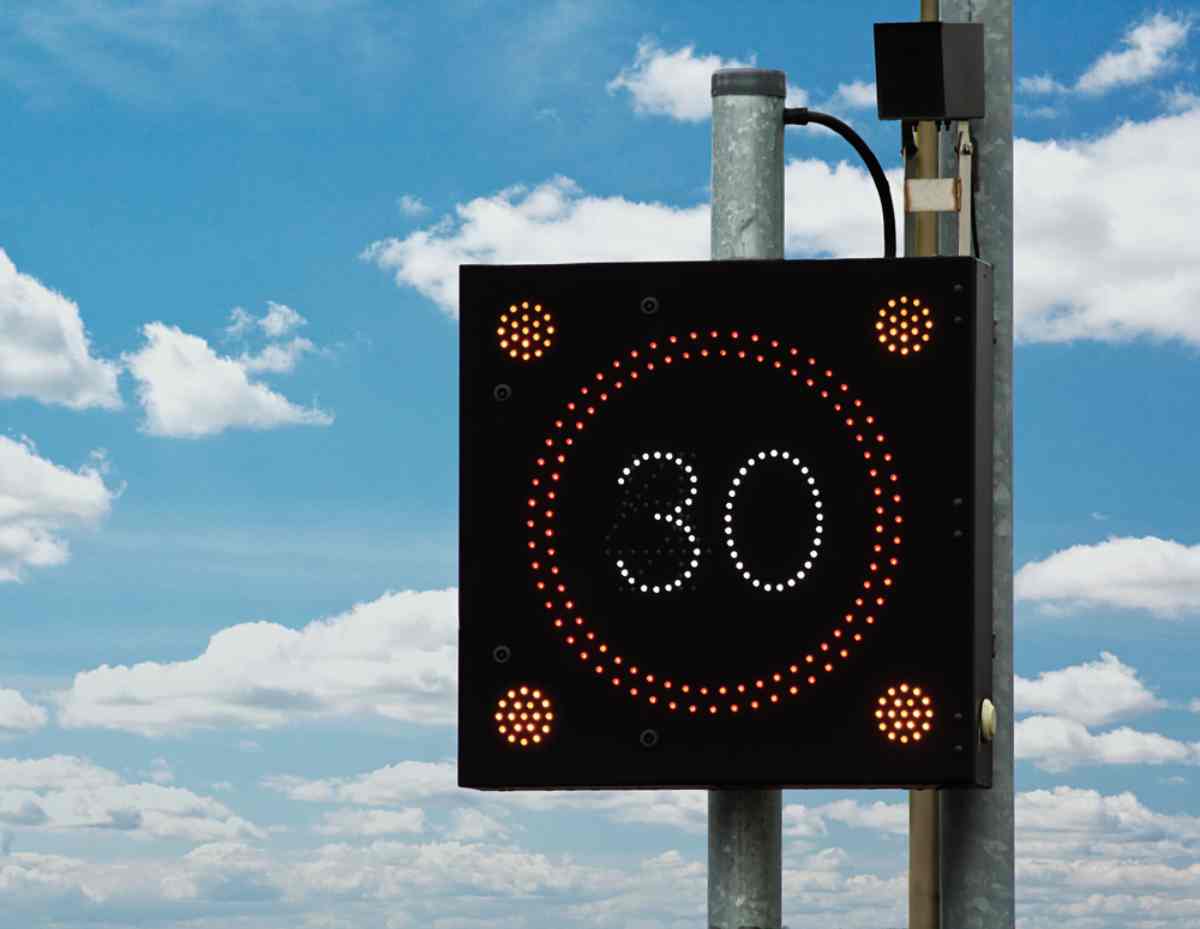
12 January
34 min read
Guide to Driving in Iceland with a Campervan

15 February 2024
6 min read
Are you planning a road trip in Iceland and want to ensure you stick to the speed limits? Knowing the Iceland speed limit regulations is essential for any journey, as speeding can lead to costly fines or even worse. Speeding fines can cost up to $800.
That's why we have put together this ultimate guide to understanding the speed limits in Iceland. Here, we will provide a detailed overview of regions and roads in Iceland, along with their corresponding speed limits. Additionally, we have included an FAQ section addressing common questions about driving speeds.
In Iceland, speed limit regulations are essential for any road trip. By understanding the speed limits in Iceland, you can ensure that your journey is both safe and enjoyable. This section will provide you with a comprehensive driving guide, so you can keep track of speed limits in Iceland, divided by regions and roads.
Here is the full breakdown of Iceland's speed limit regulations:
Iceland's traffic laws define default speed limits for various road types. It's crucial to familiarize yourself with these limits to ensure compliance and safety. The general speed limits in Iceland are as follows:

Urban Areas: The speed limit within urban areas is typically 50 km/h (31 mph). Look for signs indicating variations in speed limits, especially near schools or residential areas.
Rural Roads: Outside urban areas, the general speed limit in Iceland on paved roads is 90 km/h (56 mph). However, it's essential to adapt your speed based on road conditions and weather.
Gravel Roads: Gravel roads, also known as F-roads, are common in Iceland. The speed limit on gravel roads is typically 80 km/h (50 mph). Exercise caution and adjust your speed, as these roads may be uneven or prone to loose gravel.
The Iceland Ring Road, also known as Route 1, circles the entire country, offering stunning landscapes and access to various attractions. Understanding the Iceland Ring Road speed limit is essential for a safe and enjoyable driving experience.
Ring Road Speed Limits: Along most sections of the Ring Road, the speed limit is 90 km/h (56 mph). However, be aware of specific areas with lower speed limits, which will be clearly signposted.
Variable Speed Limits: Some portions of the Ring Road may have temporary or variable speed limits, depending on construction work, weather conditions, or other factors. Pay attention to electronic signs displaying these variations and adjust your speed accordingly.
Iceland's diverse regions offer various driving experiences, and it's essential to know the speed limits specific to each area. Some additional regions and their corresponding speed limits include:

Westfjords: The Westfjords region features narrow and winding roads. The speed limits can vary, but typically range between 60 and 80 km/h (37 to 50 mph) on paved roads.
Eastfjords: In the scenic Eastfjords, speed limits may vary depending on road conditions and local regulations. Pay attention to signs indicating speed limits, especially near populated areas or challenging terrain.
Highlands: Iceland's Highlands present rugged and remote driving conditions. Speed limits in this region can vary, and it's crucial to follow signage and drive cautiously, considering the challenging terrain and potential hazards.
Golden Circle: The Golden Circle route is a popular destination and offers an incredible driving experience. Due to its high traffic levels, it's crucial to obey speed limits as there may be speed cameras in use. The maximum speed limit is 90 km/h (56 mph).
Understanding and obeying Iceland speed limit signs are crucial for both your safety and compliance with Icelandic traffic laws. Icelandic speed limit signs typically consist of black numerals displayed on a circular yellow background. The numerals indicate the speed limit in km/h and not mph!
If you're looking for a map of speed cameras in Iceland, there are various online resources available to help you. These maps will give you a better understanding of where the speed cameras are located and what regulations apply in those areas.
Some online tools, such as the SCDB Camera Map, offer detailed speed camera information, including fixed and mobile camera locations.

Renting a campervan in Iceland is an excellent way to explore the country and enjoy the scenery. Renting a campervan allows you to travel with flexibility, explore remote regions, and stay in campsites along the way.
In Iceland, winter driving regulations apply from 1 November to 15 April. During this period, drivers must use snow tires and carry a set of studded tires in their vehicles. Additional regulations apply for winter driving, so it's important to check these before starting your journey.
March weather in Iceland can be unpredictable, and roads may become icy or slippery due to snow or overnight frost. It's important to drive with extra care, reduce speed, and maintain a safe distance from other vehicles. Additionally, read our article about March driving safety tips for more information.
The maximum speed limit in Iceland on paved roads is 90 km/h (56 mph). In urban areas, the speed limit is typically 50 km/h (31 mph). On gravel roads, the speed limit is 80 km/h (50 mph), but this may vary depending on road conditions.
Yes, most Icelandic speed cameras will flash when a vehicle is detected speeding. Speed cameras can be both fixed and mobile, so it's important to pay attention to signage and adjust your speed accordingly.
Yes, tourists are allowed to drive in Iceland. All you will need is your passport, driver's license from your home country, and credit card for renting a car or camp
More Iceland Stories to Explore
Discover more tips and tales to fuel your next saga
Join thousands who have booked with us
Iceland's most booked campervan of 2025 is waiting. Secure yours today!
Your rental comes with:
Handy Extras
Essential Insurance Plan
Unlimited Mileage
Flexible Cancellation